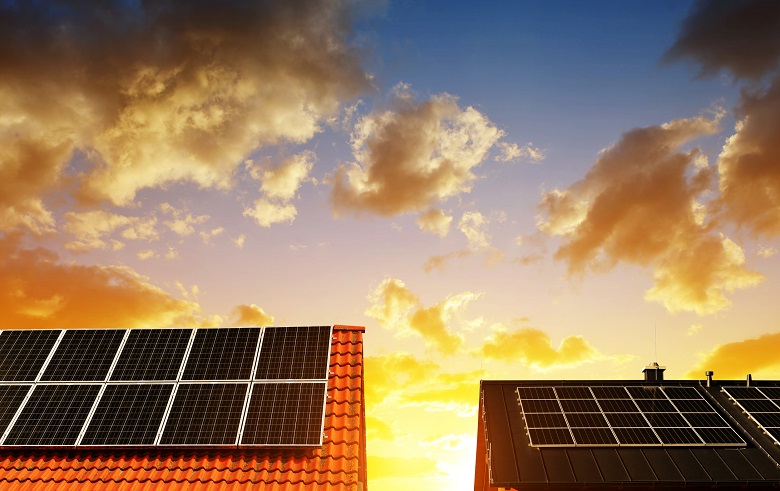
A report calls on state and federal governments to work with the property, construction and finance sectors to increase the delivery and uptake of sustainable homes.
Australian homes currently produce 13 per cent of the nation’s greenhouse emissions, the report by the CRC for Low Carbon Living and Australian Sustainable and Built Environment Council (ASBEC) says.
It says if the population continues to grow at its current rate the nation will need up to 197,000 homes a year and ensuring more of them are sustainable will help reach international targets of zero net emissions by 2050.
Preliminary economic modelling has also found that speeding the transition to sustainable housing would deliver more than half a billion dollars of investment in the construction industry by 2030 and create over 7,000 new jobs, the report says, as well as saving Australians $600 million on their energy bills.
The release of the report this month comes after energy ministers in February committed to a national Trajectory for Low Energy Buildings plan which looks to strengthen the energy efficiency provisions of the national Construction code from 2022.
Consumers want sustainable homes: report
The report says sustainable homes require less energy to heat and cool, enhance occupant comfort and are more resilient to climate and weather extremes. It also says research suggests sustainable homes have wider appeal and market potential than previously thought.
Two thirds of home buyers prefer energy efficient homes when given a choice and floor plans with sustainability features have and 8.6 per cent higher purchase preference than the standard version of the same design.
However there are “significant barriers” to sustainable housing being more widely embraced.
The report says consumers are confused by the terminology around sustainable homes and a lack of information, as well as the plethora of ratings systems.
Researcher Dr Stephen White from the Low Carbon Living CRC says there’s a “latent desire” among consumers for sustainable homes that the government can tap into if it gets the messaging right.
“People want healthy, affordable to run, comfortable homes,” he told Government News. “So there’s that latent desire … but what we’ve failed to do so far is communicate that to consumers.
“Rather than throw subsidies at it we just have to get our communication a whole lot better and a whole lot more relevant.
“The traditional approach that policy makers have taken is to create more and more fact sheets. So we have some really good resources but they are targeted towards a technically literate audience and one that has already decided what they want.”
Builders are also keen to tap into the commercial opportunities of sustainable home but are “locked into business models and supply chains that limit innovation,” ASBEC’s Executive Director Suzanne Toumbourou says.
Government must commit to sustainable homes
The report calls on federal, state and territory governments to commit to a voluntary pathway for sustainable homes and to establish and fund a sustainable homes entity to work with the property and construction industries to come up with a consumer-friendly definition of what a sustainable home is.
“The call is to achieve harmony so we’re all singing from the same songbook,” Dr White says. “But also to get beyond some of the silos that happen in a typical government environment.”
The report wants a standard sustainable homes best practice, upskilling of the building sector and a spearheading of a pilot program incentivising builders to deliver 1,000 sustainable homes as a means of kickstarting the industry.
It also calls for the government to get the finance sector on board to properly value sustainable homes and support prospective buyers via loan incentives.
Professor Deo Prasad of the Low Carbon Living CRC said Australia is a world-leader in sustainability in the commercial sector and this needs to be translated to homes.
“We have the skills, knowledge and technologies at our disposal. Now we must create the right policies and incentives to help Australian consumers capture the benefits of sustainable homes,” he said.
Comment below to have your say on this story.
If you have a news story or tip-off, get in touch at editorial@governmentnews.com.au.
Sign up to the Government News newsletter.
I’ve been shocked to see 3 Childcare centres being built in Perth suburbs recently, using black roofs, black walls and dark red bricks. They also lacked other passive solar design features such as north facing windows.
These are reminiscent of the 70’s houses with the same combination which were “hot boxes “ in summer. But for childcare this idea is absolutely abominable and certainly not best practice.
What is in store for the future if in 2021 architects are still creating such poorly designed buildings with no concern for sustainability and energy efficiency? How will these buildings help achieve net zero energy by 2050?